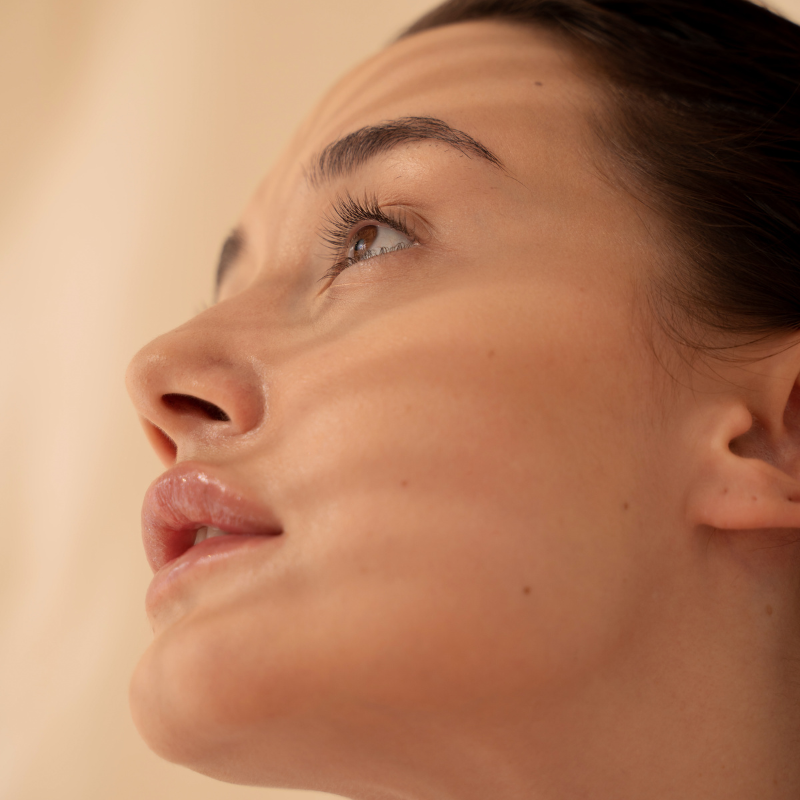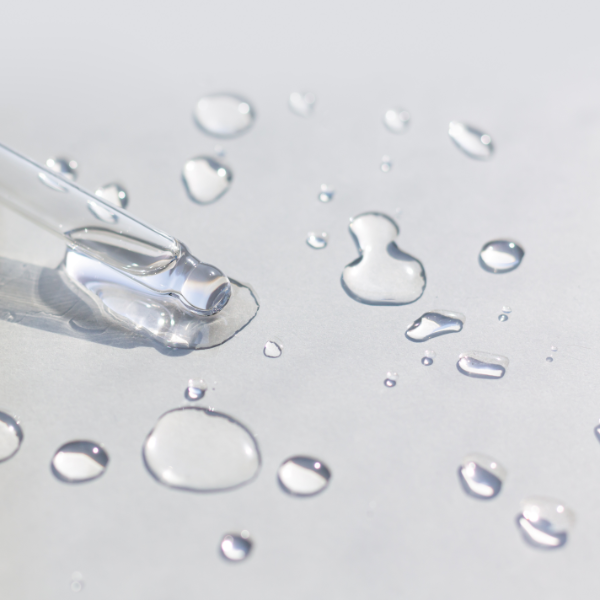Understanding the shelf life of your skincare products
by Deborah Duffey, Chief Product Development Officer and President July 8, 2022

Do you know how long you’ve been using your moisturizer? Or better yet, did you realize it had an expiration date? Like food, makeup and skincare products only stay fresh for so long. But while it might be easy to tell when an avocado is past its prime, when it comes to something like a moisturizer, it’s not always so obvious.
A product’s shelf life tells you how long the product can be opened before it begins to degrade, but how long that actually is depends on the product type. Look for a symbol on your product’s label with an open jar and a number, like 6 or 24. This is the number of months that that particular product is good for once opened. Some products, like sunscreen or acne medication, may also have an expiration date. Check the box your product comes in before throwing it out, since the number might be on this instead.
While individual products vary, in general, here’s an average of how long each product lasts, but keep in mind that the same product can vary wildly in its shelf life due to what ingredients it contains. And if your product doesn’t have an expiration date, these are good guidelines to follow:
● Cleansers: 1 year
● Moisturizers: 6 months to 3 years
● Eye creams: 6 months
● Acid exfoliants: 6 months to 1 year
● Lip balm: 1 year
How you store a product can also influence how long it lasts. For example, storing products in a cool, dry place may extend a product’s shelf life. Storing products in a humid, hot bathroom or on a ledge that gets direct sunlight can cause them to go bad sooner. Some products might even have directions on how to best store them. Kara Vita Eyewish! Bioserum and the Balancing Antioxidant Treatment, for example, are best stored at 60-80 degrees Fahrenheit. Products in a tube, spray bottle, or other delivery method that keeps the product from being exposed to your fingers and the environment can also increase how long they last. Remember that whenever you scoop out a cream from a tub, you’re introducing bacteria to the product, which can shorten its shelf life.
How do you know if a skincare product has gone bad? In some cases, it won’t be obvious, and while there won’t be any real harm to continuing to use the product, it may not work as well as the ingredients break down and lose efficacy over time.
Some ingredients tell you right away when they are losing effectiveness. Vitamin C serums, for example, are usually clear when fresh. Over time and through exposure to heat and oxygen, vitamin C oxidizes, turning a dark yellow-orange.
The worst-case scenario is when a product actually becomes dangerous to use due to bacteria buildup. This is especially true with eye products—it’s a good idea to toss these as soon as their shelf life expires.
Otherwise, look for changes in texture and scent that might indicate the product has gone bad—especially if you start to notice dots of mold. And if your moisturizer is suddenly irritating your skin, that can be another sign it’s time to toss it.
Continuing to use products past their prime might just leave you wondering why you aren’t getting the same results you used to, but it can also damage skin, leaving it red, rashy, and infected. It might feel like you’re getting more out of a product by using it sparingly, but for best results (and the healthiest skin!), be sure to use up your skincare products within their shelf life.




